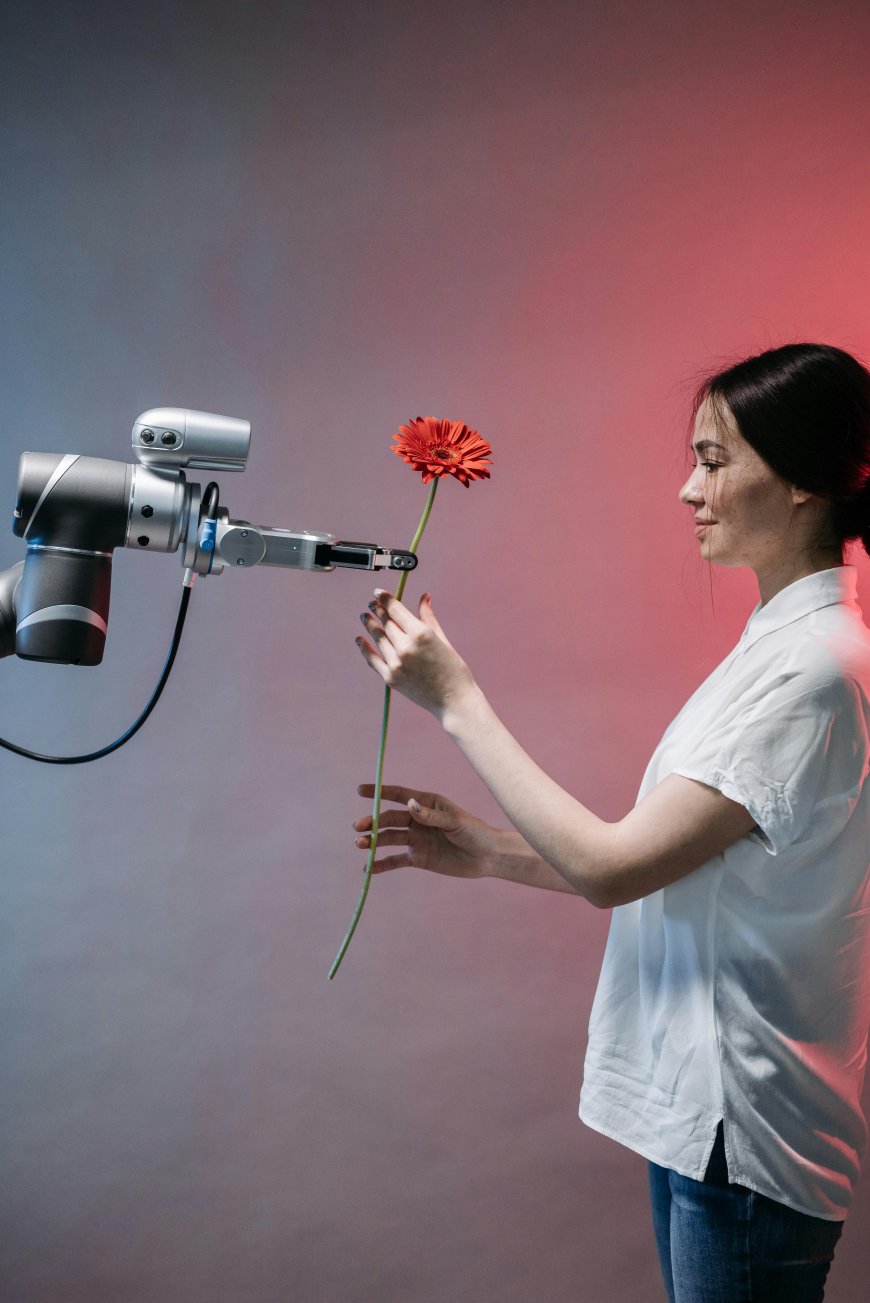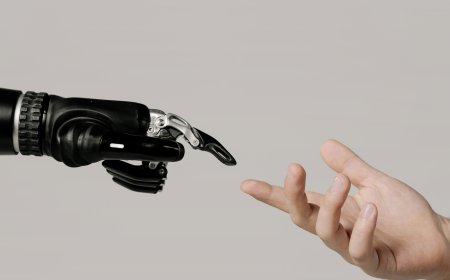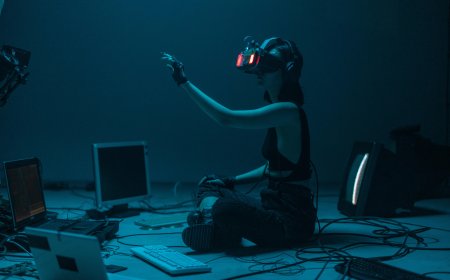How to Protect Your Digital Identity in the Age of AI Deepfakes
With the rise of hyper-realistic AI-generated deepfakes, your face, voice, and personal data can be manipulated like never before. In this blog, we uncover the threats posed by deepfake technology, how it’s affecting digital identities, and what you can do to protect yourself in a world where seeing is no longer believing.

How to Protect Your Digital Identity in the Age of AI Deepfakes
Deepfakes — AI-generated videos, images, and voices that convincingly mimic real people — have moved from science fiction to terrifying reality. What began as a novelty on social media has evolved into a serious cybersecurity and privacy threat for individuals, businesses, and governments alike.
1. Understanding the Deepfake Threat
A deepfake uses AI (typically deep learning and GANs — Generative Adversarial Networks) to replace a person’s likeness in video or audio formats. This technology can make it appear as though someone said or did something they never did.
Shocking stats:
-
A report by Cybersecurity Ventures predicts that deepfake-related crimes could cost over $250 million annually by 2026.
-
Symantec revealed in 2023 that deepfake scams led to a 13-fold increase in business email compromise and social engineering attacks.
-
A deepfake scam in the UK in 2023 tricked a company into wiring $240,000 after a CEO’s voice was cloned.
And the scariest part? The tools to create deepfakes are freely available online.
2. How Deepfakes Endanger Your Digital Identity
Your digital identity includes your:
-
Face (used for facial recognition logins)
-
Voice (used in voice assistants and banking authentication)
-
Personal data (bio, habits, online behavior)
-
Social media profiles
Here’s how deepfakes are weaponized:
-
Impersonation scams – Criminals impersonate CEOs, celebrities, or even your family members.
-
Fake news or misinformation – Politically motivated deepfakes spread false narratives.
-
Reputation damage – Deepfake videos can be used for blackmail, harassment, or defamation.
-
Financial fraud – Your voice or image could be used to bypass biometric security or manipulate people into sending money.
Conclusion:
We’re entering a digital age where what you see or hear is no longer enough. As deepfakes get better, the burden of proof shifts — it’s up to us to verify content, protect our identity, and be critical of everything online.
By securing your digital presence, using AI-powered detection tools, and staying vigilant, you can protect your identity in an increasingly artificial world.
What's Your Reaction?






























































































